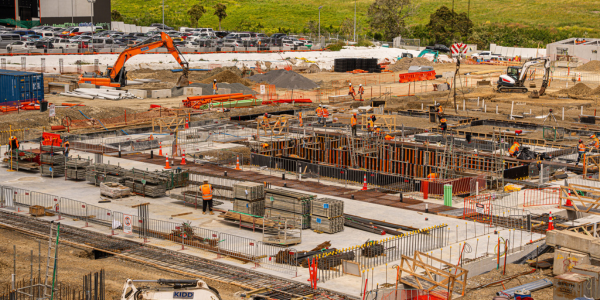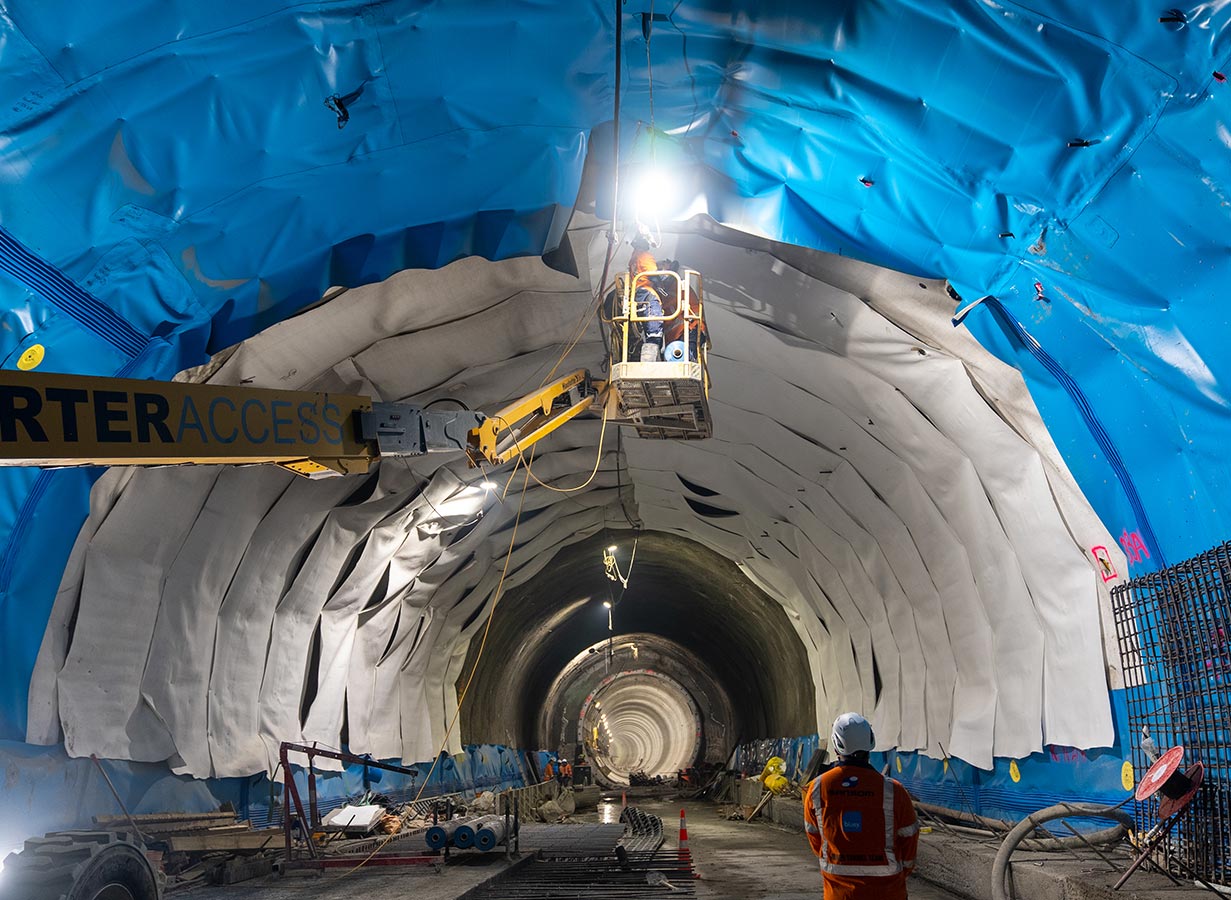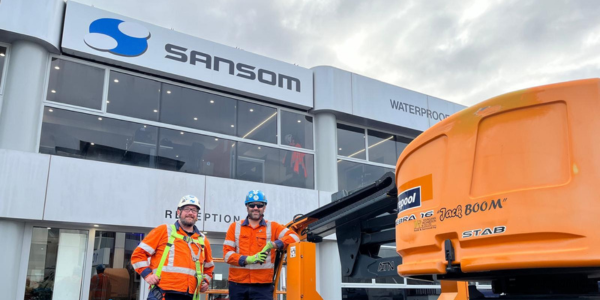Managing damp and cold structures is almost like a traditional Kiwi past time.
However, it’s only been in the last few years that we’ve all started pushing back on just ‘dealing with it’, and started demanding solutions.
Warm roofs has been one of those solutions becoming more common in New Zealand.
These roofs offer superior thermal performance and condensation prevention. However, there are critical installation issues surrounding them that could turn this innovative solution into the next leaky homes crisis.
It is alarming how common we are now finding some of these issues.
What are warm roofs?
A warm roof refers to a type of roof construction build up where the insulation layer is installed above the structural deck or rafters, instead of below. The main advantages of this system is improved energy efficiency, as heat is retained within the building, and the prevention of condensation within the roof structure.
To prevent warm, moist air from condensing on cold surfaces, a thin waterproof membrane called a vapour control layer is installed between the structural deck and the insulation. This keeps the entire roof structure sealed and relatively warm – hence the name.
A water proof membrane is then applied over the insulation and vapour control layer. This membrane provides protection against the elements, ensuring that the roof remains watertight.
So what’s the problem?
In theory, this is a really great system.
Alongside the energy efficiency and condensation prevention, other advantages include no ventilation being required, roofs maintaining a more consistent temperatures, and better space utilisation, as insulation being installed above the structural deck means added living or storage space below.
The problem is that warm roofs are designed to maintain a consistent temperature, which minimises expansion and contraction of the insulation and prevents air from being drawn in from outside. However, if the weatherproof membrane is damaged (which could happen during installation or construction) and water gets inside, it can condense and accumulate around the insulation.
Apart from the unlikelihood of perfectly tenting every warm roof installation, there is really no way of ensuring that the structure remains completely free of rain before the weatherproofing.
The most common problem we’re seeing happens when the protective water proof layer gets damaged after the warm roof is installed, usually by following trades. This can let water into the area around the insulation, and there’s no drain to let it out. And the water then just sits there on top of the vapour barrier layer.
The worst case scenario by far is that the roof structure may not be designed for the additional load on the roof. The building performance will be different than designed and it could even collapse if the excess loads were sufficient.
Additionally, when full of water a warm roof’s “R” value is lowered making it no longer a warm roof.
Alarmingly, our partners at International Leak Detection (ILD) say that they see at least one warm roof per week, and they are yet to come across a single one this year that doesn’t have damaged membrane caused during the construction phase.
But how did these roofs pass building compliance in the first place?
This is a threefold problem:
- The waterproof membrane products, while undergoing a robust CodeMark certification process, do not allow for failure;
- The timing of compliance testing of waterproofing membrane applications is problematic; and
- There are no provisions to practically detect and locate a water ingress fault.
The CodeMark grey area
Many warm roof membrane products are verified by CodeMark, a voluntary product certification scheme approved by the Ministry of Business, Innovation, and Employment (MBIE).
CodeMark is a voluntary certification program that checks if building materials meet the Building Code. Many warm roof membranes have CodeMark certification, which building inspectors technically must accept as proof of compliance
But it’s important to note that CodeMark certification only covers the product itself, not how well it’s installed and maintained. So, even if the membrane has CodeMark, it may still fail if it’s not installed or maintained correctly.
Timing is everything
Currently, waterproofing membranes are only EFVM or flood tested for compliance after they’re installed. This means that the product and installation may meet the standards until something damages the outer membrane.
From our experience, and some decade-long research involving Electric Field Vector Mapping (EFVM), the most common cause of waterproofing problems is damage that occurs during construction, rather than poor workmanship or product defects.
If water gets into the warm roof and can’t drain out, it creates a trapped pool of water, which is against the Building Code. This is a serious problem that is happening even if the roof passed its compliance testing
No provisions are made to detect an issue
A CodeMark certification for a warm roof waterproofing membrane does not currently include a watertightness verification method (such as leak detection systems or scheduled infrared scans) as a step to gain and maintain lifetime compliance.
The enclosed nature of these systems and the potential for moisture to become trapped without any obvious signs of leakage are significant concerns. Without a reliable method to inspect or detect potential moisture ingress and accumulation, we could inadvertently be compromising the structure, insulation and, consequently, the consented thermal performance.
How do we fix this?
A group of experts, including our team at Sansom and ILD, are looking to work with the Government to improve the CodeMark certification programme. We believe that CodeMark should either guarantee compliance on its own or provide clear instructions for designers on how to achieve compliance.
We also believe that roofs should be tested for watertightness after all construction work is finished and that electronic testing should be used regularly to check for membrane leaks or a full time moisture detection sytem is installed.
Our goal is not to eliminate CodeMark certification but to make sure it’s used correctly and that all potential risks are addressed. We want compliance to mean that a warm roof will work well in real-world conditions, not just in a controlled testing environment.
Let’s solve this early
For over 48 years, we’ve seen the effects of water damage to buildings and the massive impact the leaky homes crisis had on Auckland and the people who lived and owned the affected homes.
So, at Sansom, we want to make the roof membrane industry address this issue before it creates a negative market impact for what is a great solution to our building insulation problems.
Therefore, we recommended the CodeMark certification programme is improved to ensure installed warm roofs are weathertight following construction and ongoing monitoring is in place.
If you’re interested in discussing this further, please get in touch.




